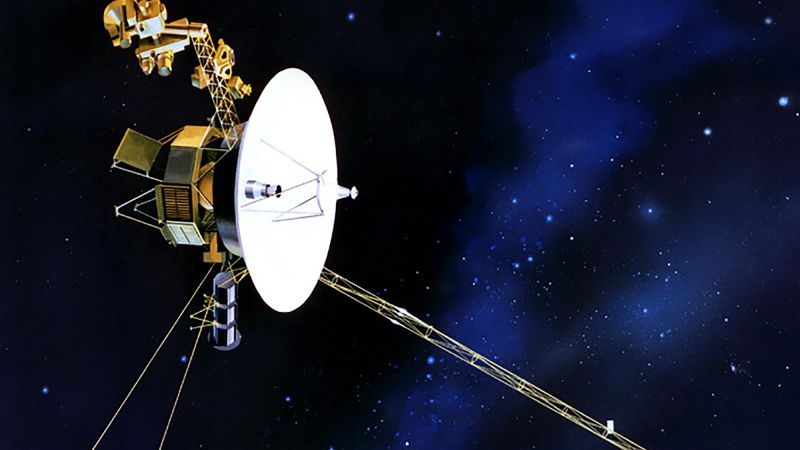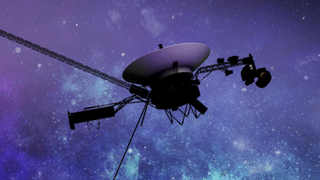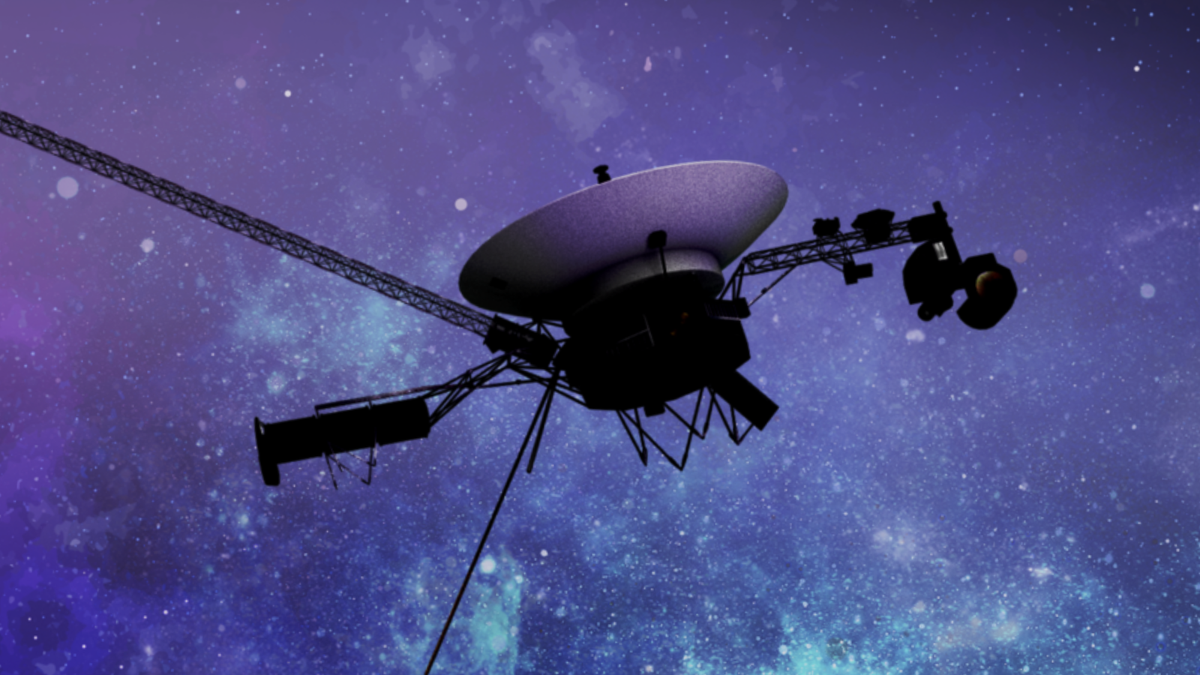
NASA engineers have renewed hope to fix hobbled Voyager 1 after interstellar space data outage. The problem was traced to one of the onboard computers, known as the Flight Data System (FDS), which is responsible for packaging science and engineering data before it's sent to Earth by the telemetry modulation unit. On March 3, engineers saw activity from one section of FDS that differed from other parts of computer unreadable data stream. The new signal was still not in the format used by Voyager 1 when the FDS is working properly, so it wasn't initially clear what to make of it. But an engineer with NASA's Deep Space Network was able to decode the new signal and found that it contains a readout of FDS memory.





